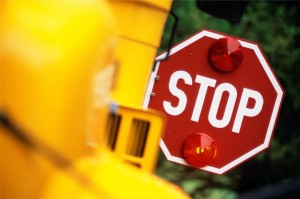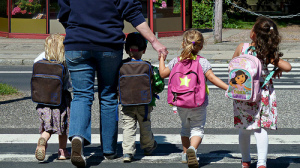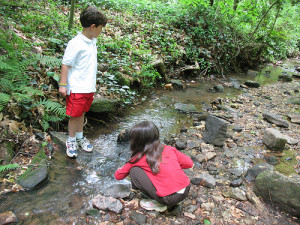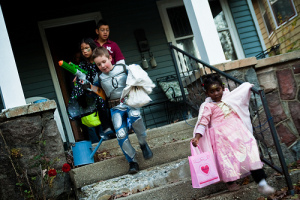
For many people, autumn events like Halloween and Harvest Day are fun times to dress up in costumes, go trick-or-treating, attend parties, and eat yummy treats. These events are also opportunities to provide nutritious snacks, get physical activity, and focus on safety.
Below are tips to help make the festivities fun and safe for trick-or-treaters and party guests.
Going trick-or-treating?
S |
Swords, knives, and similar costume accessories should be short, soft, and flexible. | |||
A |
Avoid trick-or-treating alone. Walk in groups or with a trusted adult. | |||
F |
Fasten reflective tape to costumes and bags to help drivers see you. | |||
E |
Examine all treats for choking hazards and tampering before eating them. Limit the amount of treats you eat. | |||
|
||||
H |
Hold a flashlight while trick-or-treating to help you see and others see you. Always WALK and don’t run from house to house. | |||
A |
Always test make-up in a small area first. Remove it before bedtime to prevent possible skin and eye irritation. | |||
L |
Look both ways before crossing the street. Use established crosswalks wherever possible. | |||
L |
Lower your risk for serious eye injury by not wearing decorative contact lenses. | |||
O |
Only walk on sidewalks whenever possible, or on the far edge of the road facing traffic to stay safe. | |||
W |
Wear well-fitting masks, costumes, and shoes to avoid blocked vision, trips, and falls. | |||
E |
Eat only factory-wrapped treats. Avoid eating homemade treats made by strangers. | |||
E |
Enter homes only if you’re with a trusted adult. | |||
N |
Never walk near lit candles or luminaries. Be sure to wear flame-resistant costumes. |

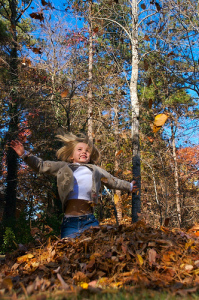
 Almost everyone experiences culture shock when they come to a completely new environment. Everything is different: the language, the food, and the people.
Almost everyone experiences culture shock when they come to a completely new environment. Everything is different: the language, the food, and the people.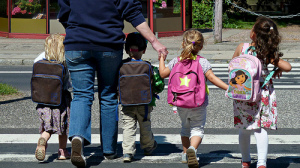 The backpack is very important to review every day. This is one of the links between school and home for the student. Backpacks quickly become disorganized and notices missed if you do not empty it every day! Here is what we suggest you do every day:
The backpack is very important to review every day. This is one of the links between school and home for the student. Backpacks quickly become disorganized and notices missed if you do not empty it every day! Here is what we suggest you do every day: 
